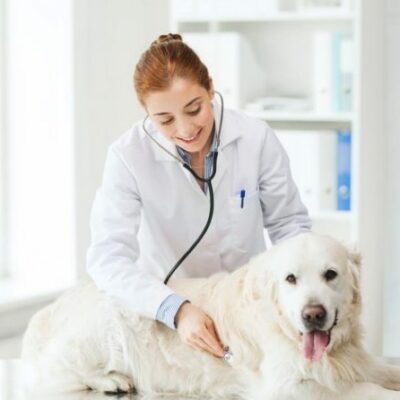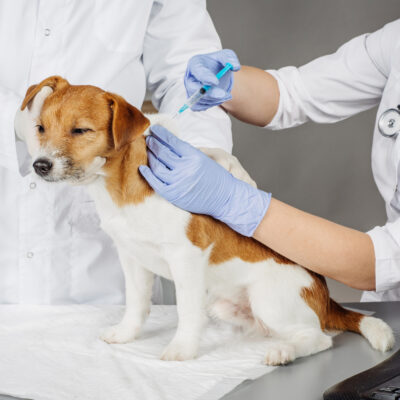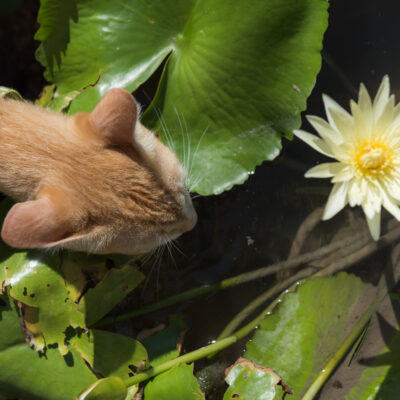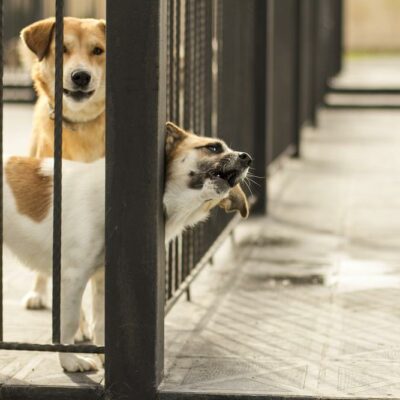
Pets
5 Facts About Pet Insurance That You Must Know
For those who have pets, animals are family. Their needs and demands are as crucial as that of a child or any other loved family member. When it comes to taking care of pets, regular visits to the vet can be quite heavy on the pocket. The expenses increase unimaginably if some severe ailment is detected. For such times, you must prepare in advance, and get pet insurance. Some of the facts that you need to know concerning pet insurance are listed below: Pet care is expensive If you have always had a pet at home, you would know that in case of accidents and other severe pet-related diseases, the vets suggest measures that are as expensive as a treatment for a human being. Being prepared for such emergencies is a smart move that every pet parent should make. Setting aside a stipulated amount for such emergencies might not be possible, but pet insurance can always come to your rescue. Backup option While it might seem easy to pay upfront in case of a pet emergency, a pet insurance that covers all the medical expenses offers you peace of mind. To top it all, the money that you save by using insurance at the time of crisis can be used in something else that might deem right at that moment.
Read More 















